Introduction
Imagine walking through a palace where every chair, table, and tapestry speaks volumes about one of the most powerful female rulers in history. Catherine the Great, known for her exquisite taste in catherine the great furniture, reigned from 1762 to 1796. She was not just a monarch; she was a visionary who sought to modernize Russia and elevate its cultural standing. Her passion for the arts and architecture was evident in the opulent catherine the great furniture that adorned her palaces. Catherine’s furniture was more than ornamental—it was a strategic extension of her imperial vision, European aspirations, and Enlightenment ideals. The legacy of catherine the great furniture continues to influence modern design.
I. Catherine the Great: The Woman Behind the Throne
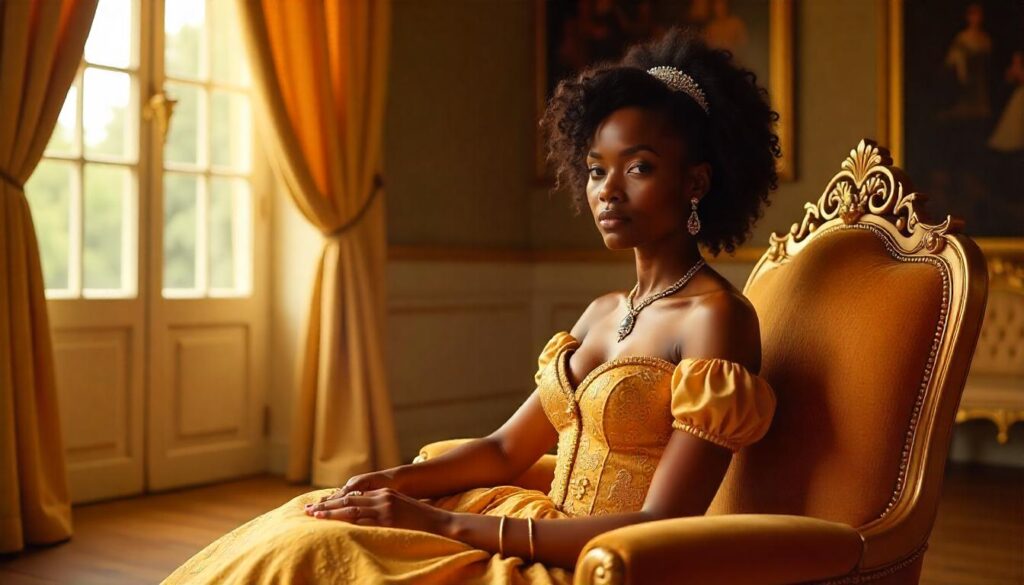
A. Background and Rise to Power
Catherine, born a German princess, ascended to the Russian throne through marriage to the future Emperor Peter III and a well-timed coup that saw her take control after his ousting. This remarkable journey from a foreign princess to Empress of Russia was marked by her intelligence and political acumen. As an Enlightenment thinker, she blended her autocratic power with progressive ideas, a combination that was both unusual and effective.
B. Her Vision for Russia
Catherine’s reign was characterized by her commitment to Westernization and modernization. She sought to bring Russia into the fold of European culture, emphasizing education, arts, and architecture. Her cultural patronage was not merely a personal passion; it was a political strategy aimed at solidifying her power and enhancing Russia’s status on the global stage.
II. The Role of Furniture in 18th-Century Courts
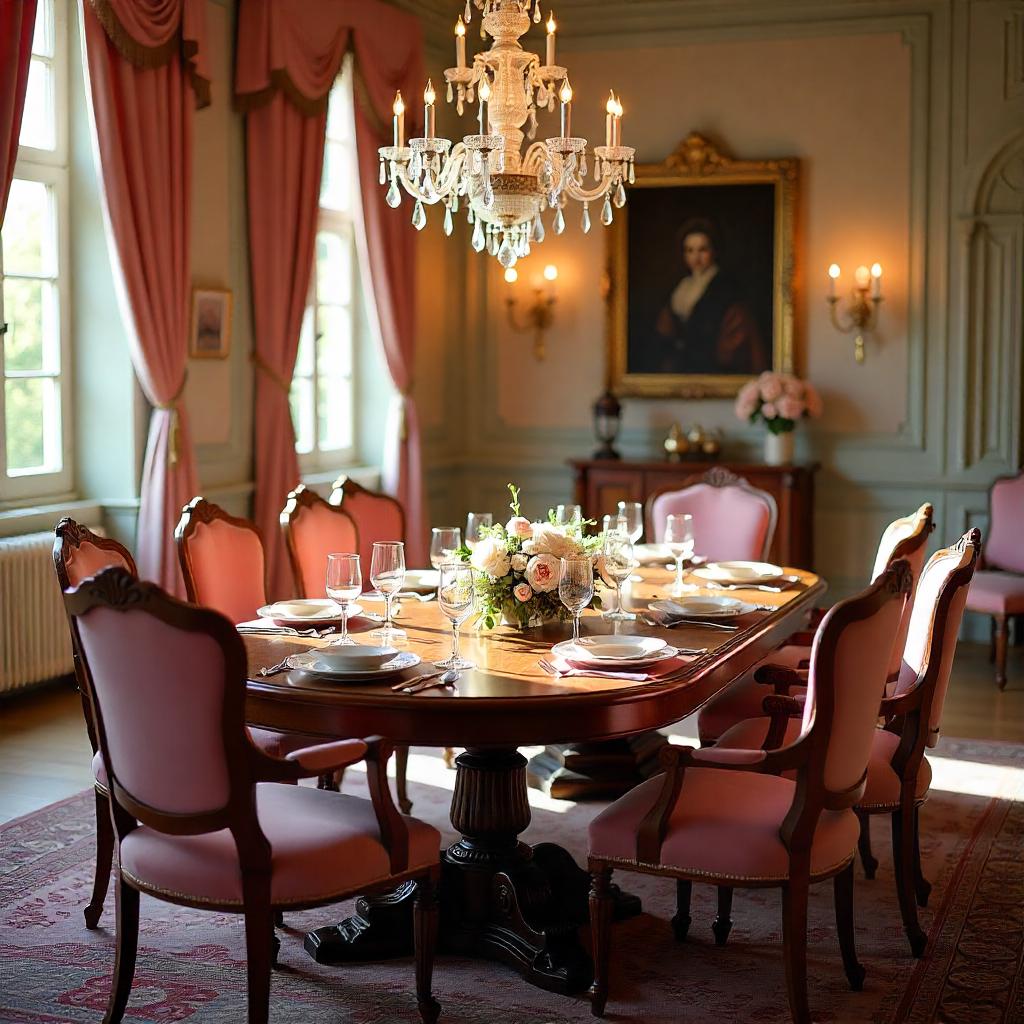
A. Furniture as a Symbol of Power
In the 18th century, furniture was more than just functional; it was a powerful symbol of wealth, taste, and political ideology. Catherine’s palaces were filled with exquisite pieces that conveyed her status and aspirations. Compared to other European courts, such as those in France and Prussia, Catherine’s furniture choices reflected her unique blend of Russian identity and European influence.
Catherine the Great furniture is celebrated for its elegance and craftsmanship, setting a standard that resonates even today.
B. Influence of the Enlightenment on Design
Specifically, the designs of catherine the great furniture reflect the philosophies of the Enlightenment, merging functionality with beauty.
The Enlightenment brought about a shift in design philosophy, merging simplicity with grandeur. Neoclassicism, with its emphasis on rationality and order, contrasted with the ornate Rococo style. Catherine’s furniture choices were influenced by these philosophical ideas, leading to aesthetic choices that were both beautiful and meaningful.
III. Signature Styles and Materials in Catherine’s Palaces
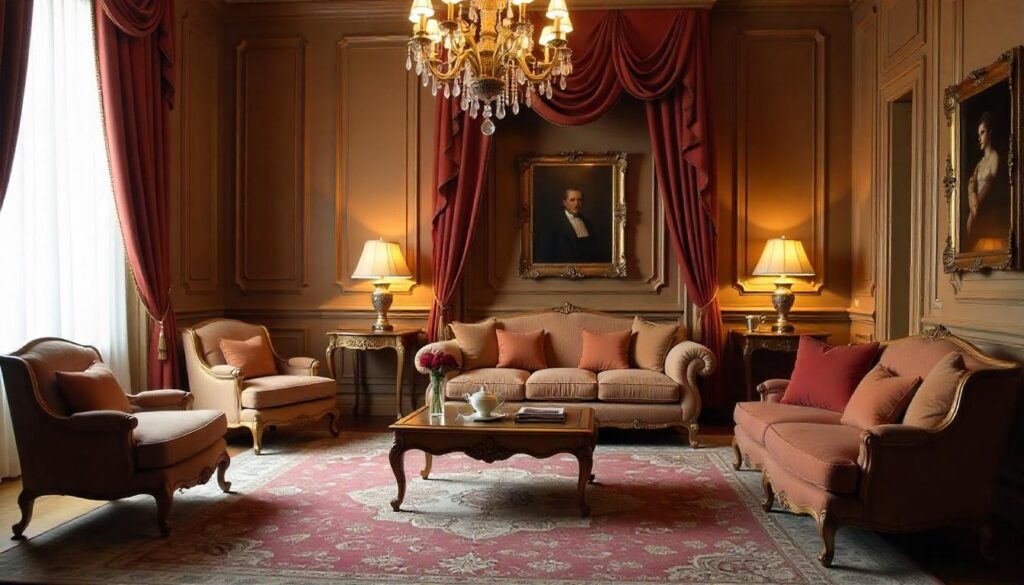
In her pursuit of Neoclassicism, catherine the great furniture became a representation of not just style but of the cultural shift in Russia.
A. The Neoclassical Shift
The integration of French and Italian influences in catherine the great furniture illustrates her desire to connect with European trends.
Catherine embraced Neoclassical themes, drawing inspiration from Greco-Roman architecture to symbolize rationality and imperial might. The use of symmetry, columns, and geometric design in her furniture reflected her desire to project an image of strength and stability.
Through her catherine the great furniture, she demonstrated the importance of national identity within a global context.
B. French and Italian Influences
Catherine was known for her patronage of foreign artisans, particularly from France and Italy. This resulted in the incorporation of luxurious materials such as silk, gilt bronze, ebony, and marquetry into her furniture. These imported elements not only enhanced the beauty of her palaces but also showcased her connections to the broader European artistic community.
For instance, the Orlovsky Cabinet is a prime example of catherine the great furniture that merges personal relationships with political narratives.
C. Russian Identity in Design
The throne room furnishings, as part of catherine the great furniture, were meticulously designed to convey authority and elegance.
While Catherine embraced Western aesthetics, she also sought to infuse her furniture with a sense of Russian identity. This fusion was evident in the use of native woods and traditional craftsmanship, creating a unique style that celebrated both her heritage and her aspirations.
This connection to the wider world is also mirrored in the lacquered catherine the great furniture found in the Chinese Palace.
IV. Notable Furniture Pieces and What They Represent
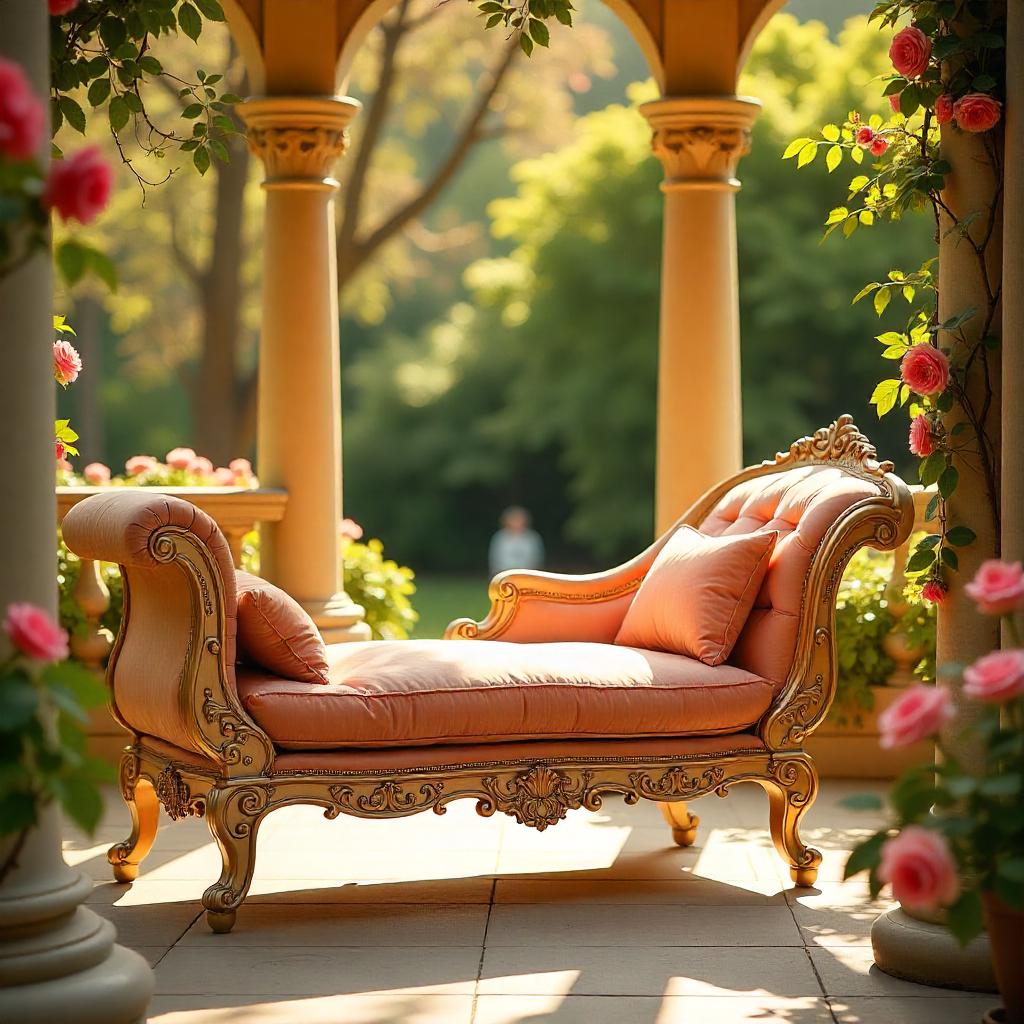
A. The Orlovsky Cabinet
Furthermore, the feminine power projected through catherine the great furniture redefined the role of women in the political sphere.
One of the most notable pieces from Catherine’s collection is the Orlovsky Cabinet, gifted to her lover Grigory Orlov. This cabinet is a stunning example of opulence, featuring intricate inlay and allegorical imagery that reflects both personal and political narratives.
The design philosophy behind catherine the great furniture reflects her belief in the balance of power and enlightenment.
B. Throne Room Furnishings in the Winter Palace
The furnishings in the Winter Palace’s throne room were designed to impress diplomats and dignitaries. The strategic use of space, height, and gilding reinforced Catherine’s authority, making a powerful statement about her reign.
The impact of catherine the great furniture on Russian decorative arts is a testament to her influence over the centuries.
C. The Chinese Palace in Oranienbaum
Many museums showcase catherine the great furniture, allowing contemporary audiences to appreciate its historical significance.
The Chinese Palace in Oranienbaum showcased Catherine’s fascination with exoticism and global reach. The lacquered furniture and chinoiserie details represented luxury and curiosity, highlighting her desire to connect with the wider world.
Today, the legacy of catherine the great furniture continues to inspire luxury design worldwide.
V. Political Messaging Through Aesthetic Choices
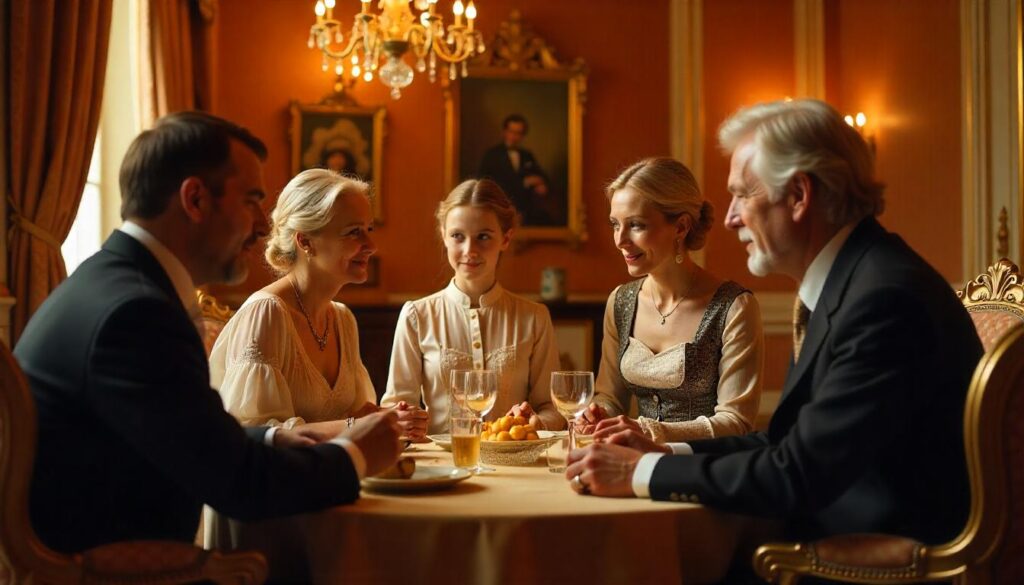
A. Feminine Power and Interior Spaces
Catherine’s choice of soft colors, elegant fabrics, and refined craftsmanship in her interiors projected a feminine yet sovereign strength. Her private salons became centers of political discourse, where she wielded her influence with grace and authority.
B. Enlightened Despotism in Décor
The rational design of her furniture reflected her philosophy of “benevolent absolutism.” The careful placement and symmetry of her furnishings served as metaphors for order and control, reinforcing her image as a ruler who balanced power with enlightenment.
VI. Legacy and Influence

A. Impact on Russian Decorative Arts
Catherine’s reign set a standard for future tsars and the Russian nobility. Her patronage of the arts led to the rise of Russian artisan guilds, fostering a rich tradition of decorative arts that would flourish long after her time.
B. Preservation in Museums
Today, many of Catherine’s key furniture pieces can be found in museums such as the Hermitage and Tsarskoye Selo. Modern curators interpret her taste as a reflection of her complex identity and the cultural currents of her time.
C. Lasting Influence on Luxury Design
Catherine’s influence can still be seen in contemporary interpretations of royal decor and neoclassical interiors. Her legacy continues to inspire designers and decorators who seek to capture the elegance and grandeur of her era.
Conclusion
Catherine the Great’s furniture reflects her reign, embodying her Western aspirations and imperial grandeur. Each piece of catherine the great furniture tells a story of power, culture, and identity, reminding us that in a world of politics and influence, every carved leg and gilded drawer has a tale to tell.

